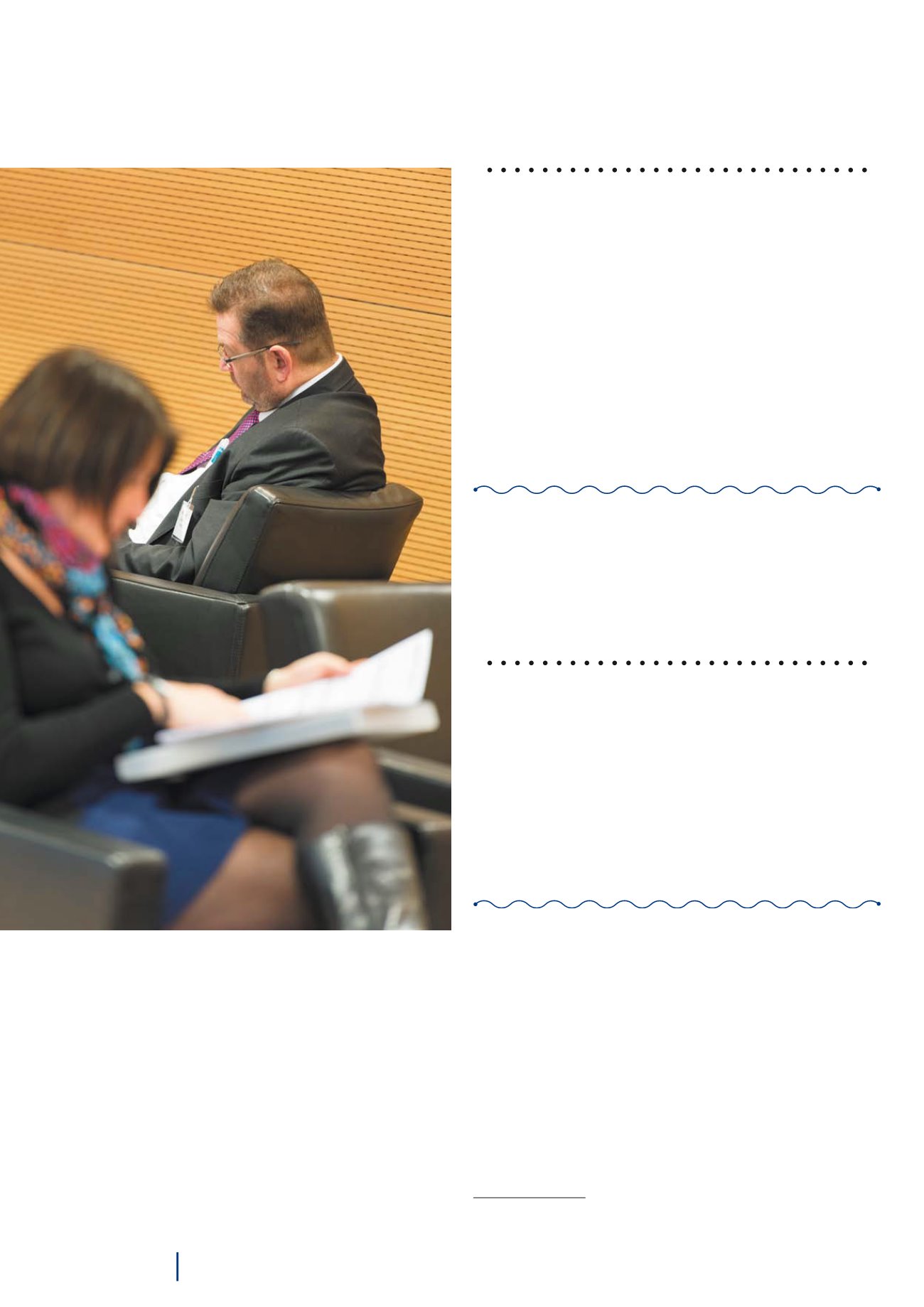

Cross-border
economic
development
80
Cross-cutting themes in cross-border economic development
The role of the human
element
Informal interpersonal relations often play a key role in the establishment
of partnerships and structured institutional projects.
Certain players are naturally positioned as intermediaries between
potential partners, fostering communication and exchanges of information
and helping to organise meetings and joint working sessions. Initially,
small numbers of partners are brought together in order to foster an
understanding of each other’s methods and establish priorities for action.
Once it has been firmly established, the partnership can potentially
be opened up to a wider range of players, including entities on the
other side of the border if some operators have specific linguistic and
intercultural skills.
Cross-border cooperation is thus strongly dependent on the human
element – i.e. awareness-raising, and even strong determination, on
the part of certain key individuals at the outset.
And yet, the increased mobility of staff amplifies the phenomenon of
turnover – which, although it provides new competences, causes the loss
of knowledge and know-how acquired through cross-border experience.
“Functional” governance
Finally, the very nature of the globalised economy, in the European
context of the single market, calls for governance with variable geometry
that is flexible and evolves over time – “functional” governance (or Type
II governance, to use the categorisation employed by Hooghe and
Marks),
122
rather than institutional (Type I) governance. It is natural to
choose this type of governance in a cross-border context. The need for
flexibility necessitates the implementation of exchange platforms and
limited-term agreements between players, etc., rather than the use of
legal frameworks and the establishment of permanent ad hoc structures.
The territory portraits show that configurations of economic
development partnerships differ greatly from one country to the next,
with links between territorial authorities, chambers of commerce and
industry and economic development agencies varying in terms of
both their strength and the extent to which they are formalised.
122
Liesbet Hooghe and Gary Marks,
Types of Multi-Level Governance
, Les Cahiers européens de
Sciences Po, No 03/2002
(www.cee.sciences-po.fr/erpa/docs/wp_2002_3.pdf)© Projet Seed4Start



















